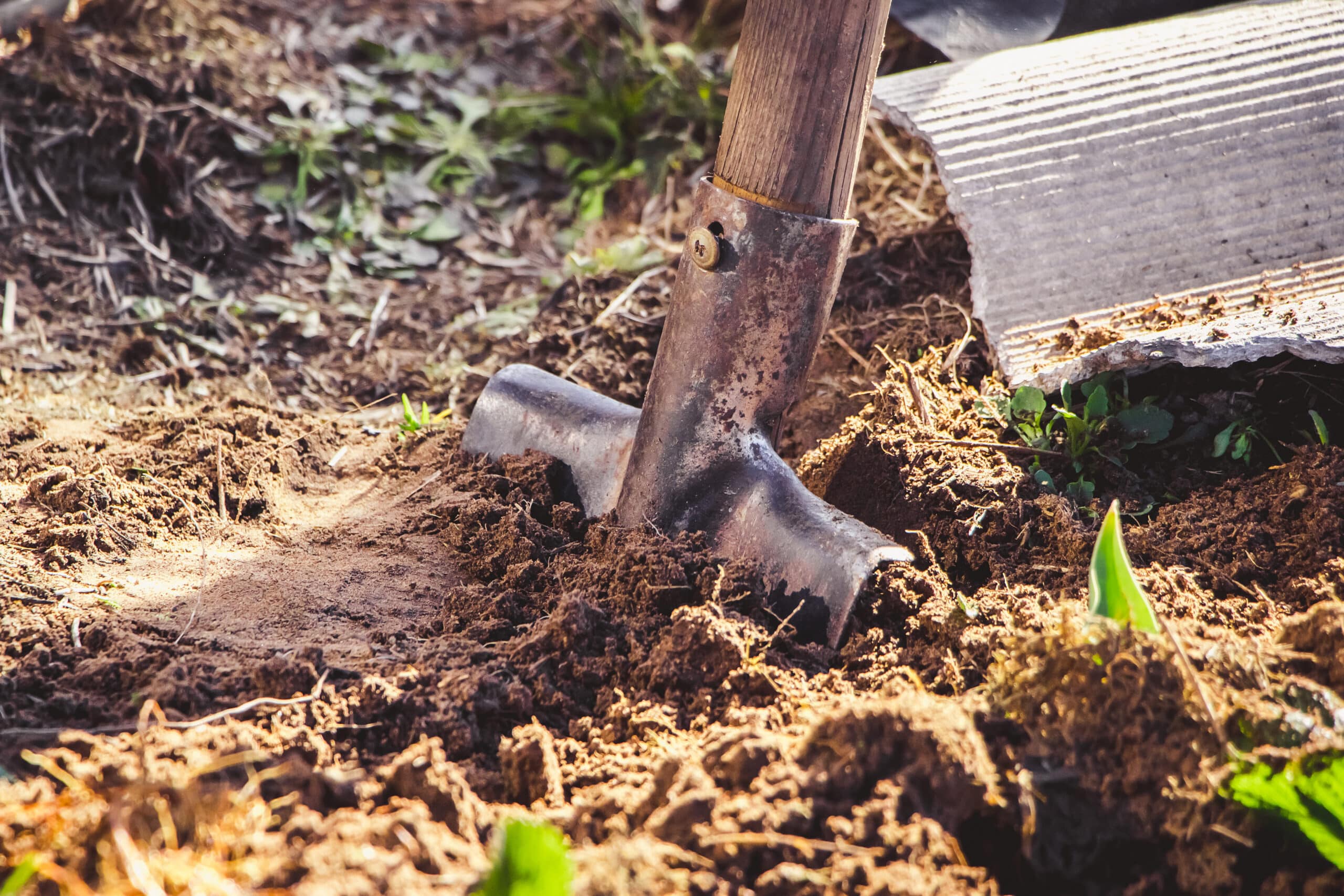How to Use a Hoe as a Garden Tool?
Key Takeaways
- Choosing the right type of hoe for the task at hand is essential
- Using the hoe properly requires proper timing, grip, and technique
- Proper maintenance and storage of the hoe are essential for its longevity
When it comes to gardening, having the right tools can make all the difference. One such tool that is commonly used in gardens is a hoe. But how exactly do you use a hoe effectively? In this article, we will explore the best practices for using a hoe in the garden, including selecting the appropriate type of hoe, maintaining proper ergonomic practices, and regularly maintaining and storing the hoe to ensure its longevity.
Choosing the Right Type of Hoe
Not all hoes are created equal, and choosing the right type of hoe for the task at hand is essential. Different hoes are designed for specific gardening tasks, such as soil cultivation, weeding, or creating seed furrows. Here are a few popular types of hoes and their best uses:
- Stirrup Hoe: This type of hoe is perfect for weed removal. Its blade is shaped like a stirrup, allowing you to easily cut through weeds just below the soil surface.
- Paddle Hoe: A paddle hoe is a versatile tool that can be used for various gardening tasks. Its flat blade is great for general gardening work.
- Dutch Hoe: If you prefer to weed while standing upright, a Dutch hoe is the way to go. Its long handle allows you to remove weeds without bending over.
- Collinear Hoe: This hoe is designed for weeding in small spaces, such as between rows of plants. Its narrow blade makes it easier to navigate tight areas.
- Grub Hoe: When it comes to digging or tilling, a grub hoe is your best friend. Its heavy-duty blade and long handle make it ideal for breaking up compacted soil.
Using the Hoe Properly
Now that you have chosen the right type of hoe for your gardening task, it’s time to learn how to use it effectively. Here are some tips to keep in mind:
- Timing: It is best to use the hoe when the soil is dry. This makes it easier to slide the blade just under the top layer and cut weed stems.
- Grip: Hold the hoe with both hands, similar to using a broom. This provides better control and reduces strain on your arms.
- Weeding: When using the hoe for weeding, push or pull the blade repeatedly to cut down weeds. Aim to remove the entire weed, including the roots, to prevent regrowth.
- Tilling: If you are tilling the soil, use a grub hoe and swing the blade into the soil with a chopping motion. This will help break up compacted soil and prepare it for planting.
- Posture and Form: Maintain proper posture and form while using the hoe. Choose a two-handed hoe that is long enough to avoid bending over, which can strain your back.
- Switch Hands: Regularly switch hands while using the hoe to avoid overworking one side of your body. This will help distribute the workload more evenly.
Maintaining and Storing the Hoe
Proper maintenance and storage of your garden hoe are essential for its longevity. Here are a few tips to keep your hoe in good condition:
- Cleaning: After each use, clean off mud and dirt from the hoe. This will prevent the buildup of soil and debris, which can affect its performance.
- Rust Removal: If you notice any rust on the blade, remove it using a wire brush or sandpaper. Rust can weaken the blade and make it less effective.
- Blade Sharpening: Periodically sharpen the blade of your hoe to maintain its cutting ability. You can use a sharpening stone or file to restore the sharp edge.
- Handle Maintenance: If your hoe has a wooden handle, inspect it regularly for cracks or splinters. Smooth out any rough spots to prevent injuries.
- Storage: Store your garden hoe in a dry place to prevent rust. Hanging it on a wall or storing it in a shed or garage are good options.
By following these best practices for using a hoe in the garden, you can make your gardening tasks more efficient and effective. Remember to choose the right type of hoe for the task, maintain proper ergonomic practices, and regularly maintain and store your hoe for long-lasting use.
Related Websites:
FAQs:
Q: What is the purpose of using a hoe in gardening?
Using a hoe in gardening helps to break up the soil, remove weeds, and cultivate the ground for planting. It is a versatile tool that saves time and effort in maintaining a healthy garden.
Q: What are the different types of hoes and their specific uses?
There are several types of hoes, including the scuffle hoe for cutting weeds, the draw hoe for moving soil, and the Warren hoe for cultivating and digging. Each type serves a specific purpose in gardening tasks.
Q: How should I hold a hoe correctly?
To hold a hoe correctly, grip the handle firmly with both hands, one near the top and the other about halfway down. This provides better control and leverage when using the hoe.
Q: How can I avoid damaging desirable plants while hoeing?
To avoid damaging desirable plants, take care to maneuver the hoe around them, keeping a safe distance. Additionally, using a hoe with a smaller head can help with precision and prevent accidental damage.
Q: How do I clean and maintain my hoe?
After use, remove any dirt or debris from the hoe using a stiff brush or water. Dry it thoroughly to prevent rusting. Applying a thin coat of oil can also help protect the metal parts. Store the hoe in a dry place to ensure its longevity.






